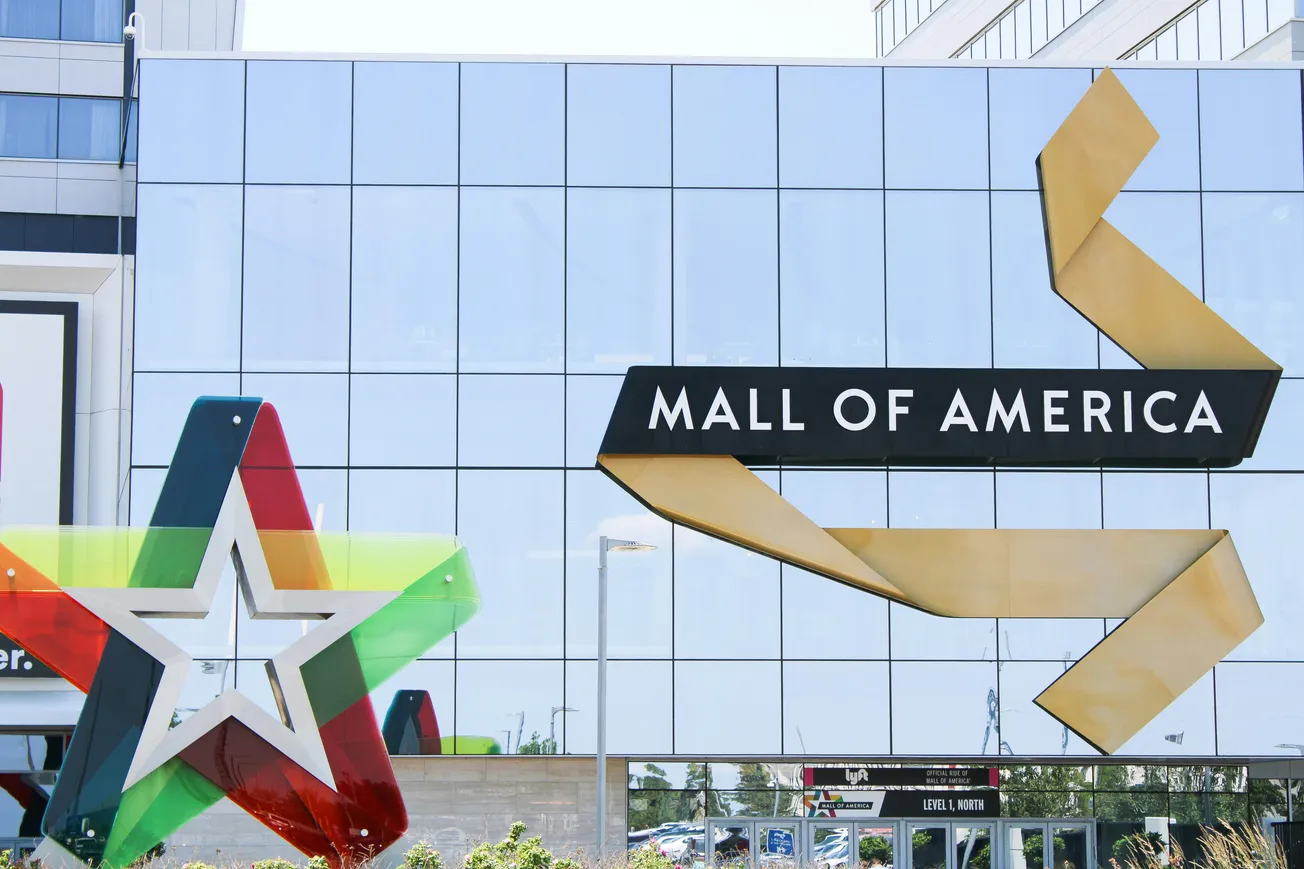Millions of Americans rely on SNAP benefits to purchase food; roughly 42 million people are enrolled.
With the program’s funding at risk amid the ongoing federal shutdown, the grocery industry is facing significant headwinds. Retailers and suppliers are calculating potential impacts on consumer spending, store traffic and supply‑chain flow.
Retailers and Suppliers on Alert
Major grocery chains and food producers are already modeling the consequences:
- Walmart captures around 26.1% of SNAP‑driven grocery spending, putting it at the forefront of exposure.
- Smaller grocers serving low‑income markets are expected to bear even greater risk, as SNAP households reduce food purchases first.
- Suppliers such as Smithfield Foods and Kraft Heinz Company are also prepared for downstream volume disruptions tied to weaker retail demand.
Quantifying the Risk
Industry groups suggest the revenue shortfall could reach as much as $8 billion in November if SNAP benefits lapse.
Beyond revenue, the effects may include reduced working hours for store staff, altered order volumes in supply chains, and potentially higher prices as retailers seek to maintain margins under pressure.
Why This Matters for Omnichannel Retail
From the lens of omnichannel retail—especially for a retailer like Walmart that integrates digital, store, pickup and delivery channels—this development presents several strategic concerns:
- Demand shock across all channels: SNAP households shop not just in‑store but also online/pickup channels; a decline there affects the full suite of omnichannel offerings.
- Margin & pricing pressure: With fewer dollars from SNAP‑funded spending, retailers may feel pressure to raise prices or reallocate promotions—potentially weakening competitive positioning on value.
- Supplier alignment & inventory risk: Retailers may cut forecasts, leading to knock‑on effects for suppliers and fulfillment networks—critical for those supporting next‑day pickup/delivery.
- Community footprint & social role: Grocers serve as essential access points in underserved markets; disruption there poses both commercial and social risk.
Strategic Takeaways for Industry Stakeholders
- Retailers should model segmented channel exposure to SNAP households analytics—understand how much of their omnichannel revenue intersects with SNAP‑eligible shoppers.
- Suppliers should evaluate flexibility in production and distribution plans, especially for SKUs heavily dependent on SNAP‑driven volume.
- Omnichannel strategies must incorporate scenario planning for demand shocks in segments tied to public assistance or low‑income shoppers.
- Communication and advocacy matter: Industry stakeholders need to engage with government and regulatory bodies to highlight the broader ripple effects of program suspension—not just on households, but on retail ecosystems and employment.









